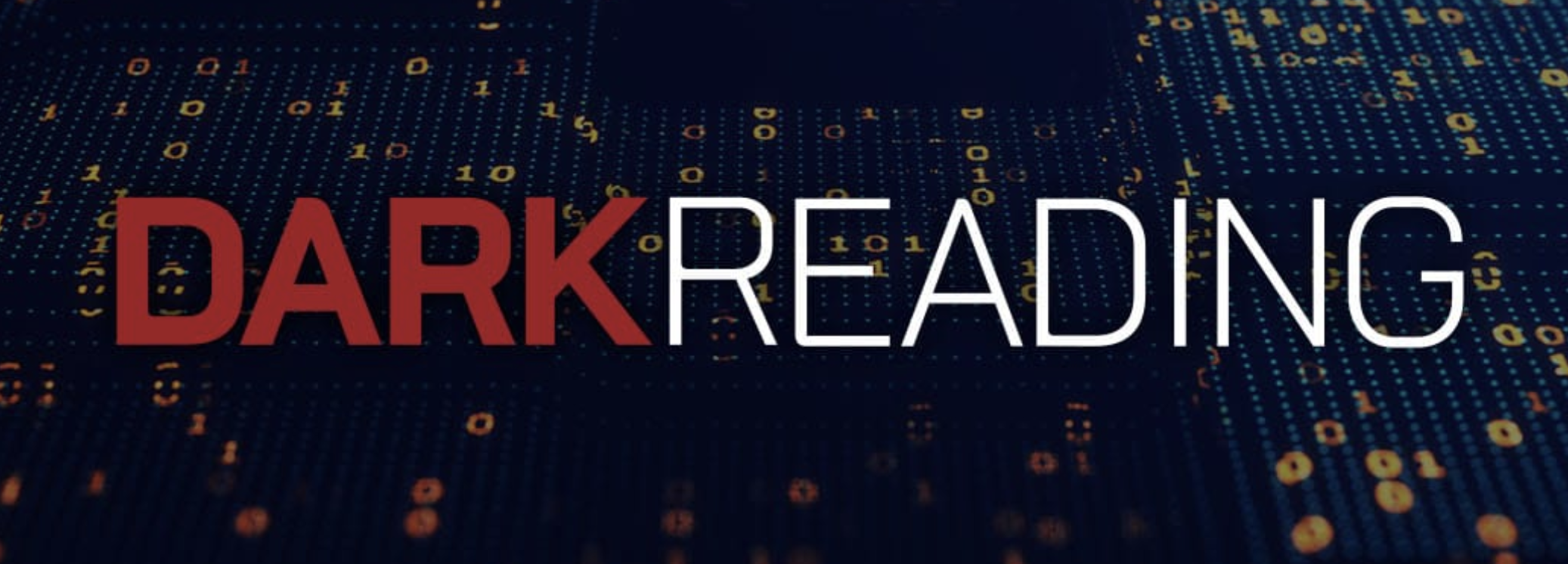
- 4 January, 2019
Semantic Web and Semantic Technology Trends in 2019
Dataversity – January 2019
What to expect of Semantic Web and other Semantic Technologies in 2019? Quite a bit. DATAVERSITY engaged with leaders in the space to get their thoughts on how Semantic Technologies will have an impact on multiple areas.
Dr. Jans Aasman, CEO of Franz Inc. was quoted several times in the article:
Among the semantic-driven AI ventures next year will be those that relate to the healthcare space, says Dr. Jans Aasman, CEO of Semantic Web technology company Franz, Inc:
“In the last two years some of the technologies were starting to get used in production,” he says. “In 2019 we will see a ramp-up of the number of AI applications that will help save lives by providing early warning signs for impending diseases. Some diseases will be predicted years in advance by using genetic patient data to understand future biological issues, like the likelihood of cancerous mutations — and start preventive therapies before the disease takes hold.”
If that’s not enough, how about digital immortality via AI Knowledge Graphs, where an interactive voice system will bring public figures in contact with anyone in the real world? “We’ll see the first examples of Digital Immortality in 2019 in the form of AI Digital Personas for public figures,” says Aasman, whose company is a partner in the Noam Chomsky Knowledge Graph:
“The combination of Artificial Intelligence and Semantic Knowledge Graphs will be used to transform the works of scientists, technologists, politicians, and scholars like Noam Chomsky into an interactive response system that uses the person’s actual voice to answer questions,” he comments.
“AI Digital Personas will dynamically link information from various sources — such as books, research papers, notes and media interviews — and turn the disparate information into a knowledge system that people can interact with digitally.” These AI Digital Personas could also be used while the person is still alive to broaden the accessibility of their expertise.
On the point of the future of graph visualization apps, Aasman notes that:
“Most graph visualization applications show network diagrams in only two dimensions, but it is unnatural to manipulate graphs on a flat computer screen in 2D. Modern R virtual reality will add at least two dimensions to graph visualization, which will create a more natural way to manipulate complex graphs by incorporating more depth and temporal unfolding to understand information within a time perspective.”
Read the full article at Dataversity.







